The Indian caste system has remained a black blot in society since time immemorial. While on one hand, we are fighting for equality in all respects, we somehow don’t want to do away with the caste systems and the reservations it brings along even after 75 years of Indian Independence. As it’s an indelible part of Indian society, we have time and again seen its representation in films.
Has The Representation Of The Caste System Changed In Bollywood Over The Years?
Let’s glance through the years at how the Caste System has been represented in movies. Starting from the black-and-white era, till now, has the showcasing of the lower castes evolved?
From the black-and-white era to even now, there are numerous films that have been based around the caste system and the identity politics based around it. But has the representation changed over the years? Has the representation evolved? Let’s have a look.
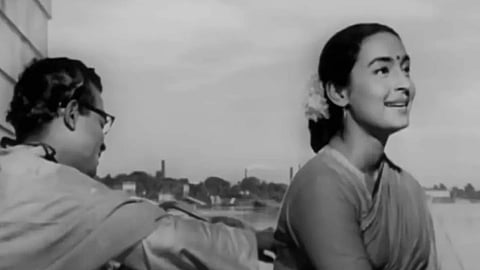
One of the earliest movies that come to mind when we talk about the caste system is the 1959 film ‘Sujata’. The Bimal Roy-directed film is about the relationship between a guy from a Brahmin family and a lady from a Dalit background. While the Dalit girl was raised by a Brahmin family, still when she falls in love with a Brahmin boy, society looks down upon them. The film revolved around the hardships that the couple faced due to this. It was based on a Bengali story. At that year's National Awards, the film starting actor Sunil Dutt and actress Nutan, received the All India Certificate of Merit for Third Best Feature Film.
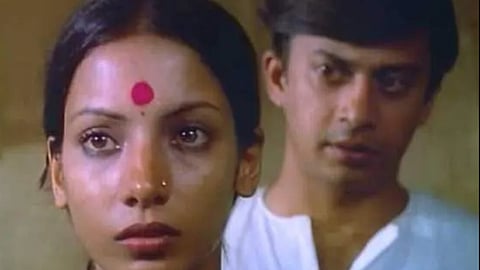
Then it was ‘Ankur’ in 1974, filmmaker Shyam Benegal’s first directorial. In the movie we see a Dalit woman living happily with her deaf-mute alcoholic husband. But things go wrong when the rich landlord’s son comes back home and takes charge. One day he gets intimate with the Dalit woman and then she gets to bear the brunt of the humiliation and the accusations. The story revolves around how society, including the husband, treats the Dalit woman afterward. Actress Shabana Azmi, actor Sadhu Meher, and Shyam Benegal all won National Film Awards for this film.
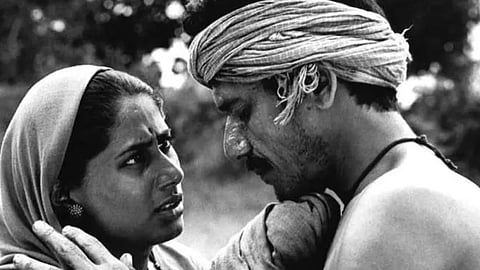
‘Sadgadi’, the 1981 film, directed by the Oscar-winning filmmaker Satyajit Ray, was one of the rare telefilms directed by the maestro for Doordarshan. The film shows a Dalit man, who is troubled by monetary problems and goes ahead to a priest to ask for help for his daughter’s wedding. Even though the priest agrees to help, he makes the Dalit man work for free for him for life. Starring actor Om Puri and actress Smita Patil, the film is a daunting tale of a lower caste man fighting against the oppressions of the upper caste people.
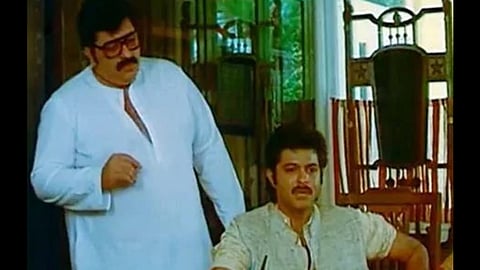
The 1986 Basu Chatterjee-directed ‘Chameli Ki Shaadi’ is another film that stands out from the lot. It shows an upper-caste wrestler who falls in love with a lower caste girl. Things are going smoothly until the boy decided to tell his family about wanting to marry a lower caste girl. The rest of the film revolves around the struggles that he faces while trying to fight for his love.
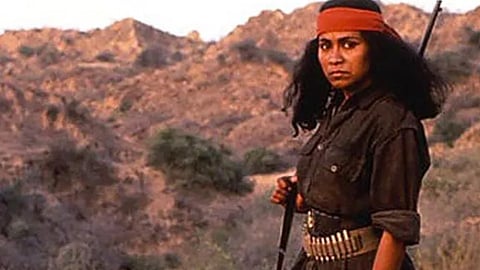
Every Indian must have seen ‘Bandit Queen’. The Shekhar Kapur-directed film came out in 1994 and became so poignant and popular, that it was selected for India’s official entry to the Oscars for that year. The film revolved around a lower caste woman, played by actress Seema Biswas, who was oppressed by the upper caste people to such an extent that she had to pick up the gun and end up becoming one of the most dread dacoits of the Chambal valley. She was not just mentally harassed but even physically assaulted, and all of that pent-up emotions just burst out when she decided to fight against societal oppression by becoming a dacoit.
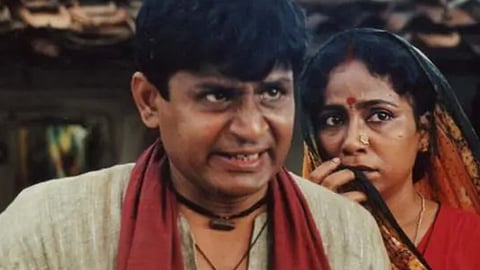
Another film directed by Shyam Benegal, ‘Samar’, created ripples in 1999. It was based on a book by Harsh Mandar, which was titled ‘Unheard Voices’. The film, which starred actor Raghubir Yadav and actress Seema Biswas, revolved around a Dalit man going to a neighbouring village to visit a temple, but the villagers there don’t take this lightly and create a big fuss about this. It was based on a real incident in the state of Madhya Pradesh.
Now that the world was moving into a new millennium, people thought that the narrative of the Dalit and the lower caste films would change. After all, India was past the 50-year mark of Independence. So obviously, there should have been some change in the way things were, wouldn’t it? As always, cinema was the representation of what was going on in society, and it isn’t a happy sight to watch.
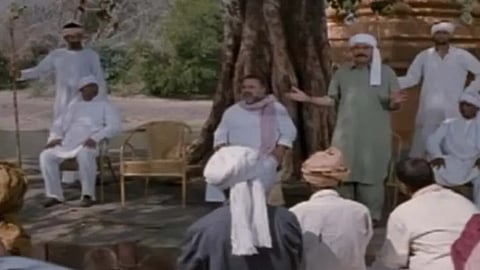
The 2011 film ‘Khap’ represents another socio-political commentary. This time, the film is based around the khap panchayat system that had notoriously become infamous for many deaths of couples, who were marrying outside their castes. The film starring Om Puri may not have become a success at the ticket windows, but it brought a very distressing point to the forefront of the cine-goers.
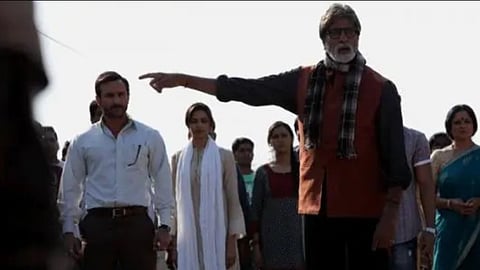
In 2011 itself, ‘Aarakshan’ directed by filmmaker Prakash Jha, raised some very logical and pertinent points regarding the reservations given to the lower caste people in educational institutions or government jobs. The film sheds light on how it had been more than 60 years of Indian independence, and yet the caste system could not be done away with, as people from the lower caste were still being treated badly, and not given equal rights. The film starred actors Amitabh Bachchan, Saif Ali Khan, Prateik Babbar, and actress Deepika Padukone.
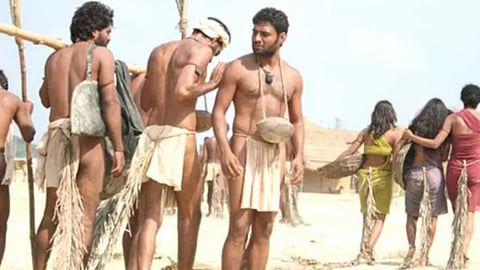
A lesser-known film by the name of ‘Shudra: The Rising’ made its way to the theatres in 2012. The film, directed by filmmaker Sanjiv Jaiswal, tells a tale of how probably the caste system would have started back in the times of Harappan civilization. The film pointed out several facets of the caste system and, in a way, tried to rationalise the requirement of the system at that time. However, even at that time, it was always deemed to be a system based on the superiority of the rich people.
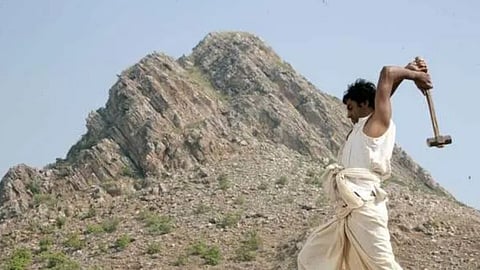
‘Manjhi – The Mountain Man’, which was released in 2015, was not entirely around the Dalits or the lower caste people, but the tale it narrated rose from this system. A Dalit couple had to live on the other side of a mountain because they were Dalits. It was because of this that the wife had to climb and cross through the entire mountain just to fetch drinking water for the family. It was during one of such climbs that she fell down and died. This became a tussle of the husband with the mountain who decided to break down the entire mountain alone and get a road built through it so that the Dalit village could get water easily, and no other women had to face the same fate as his wife did. The film starred actor Nawazuddin Siddiqui and actress Radhika Apte. It was based on a real-life story of a man from Bihar.

Another new-age film, ‘Dhadak’ narrated the tale of how a Dalit boy falls in love with an upper-caste Hindu girl, and the two had to elope just because their families were out to kill them as they had fallen in love outside their caste. The 2018 film was a remake of a popular Marathi film ‘Sairat’ which was released in 2016. While one would believe that in 2018 the family would not be giving in to honour killings and would take back their kids after they got hitched and made their own family. But no, the film goes on to show that even in today’s times, the killings in the name of caste are much rampant, and can happen to anyone.

The 2019 film ‘Article 15’ revolves around the caste discrimination that is so evident in everyday life in many cities and villages of Uttar Pradesh. A police officer is investigating the deaths of two Dalit girls, and he faces opposition from every corner possible. But, he decides to take everyone head on and try to find the missing third Dalit girl. The film, however, received backlash for the Brahmin saviour complex. For the unversed, this states that while the story revolved around the Dalit girls, the saviour of the day, in the end, was a high caste Hindu male - in this case, that's played by actor Ayushmann Khurrana.
So, glass half full?
One has to understand that cinema is considered to be a representation of what’s happening in society. Yes, there are fictional and cinematic liberties, but even in that, there are a lot of things that represent the times around which the movie has been released. So, here’s leaving it onto the reader - has the representation of the caste system changed in any way over the years? Or do we still have a long way to go?